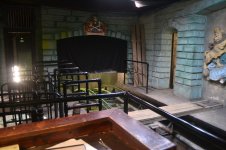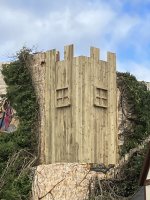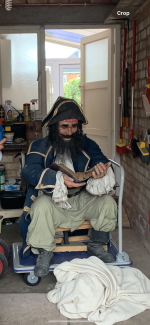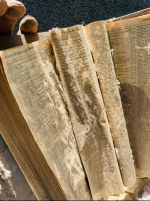I would love to see a schematic, not sure if it would be worth trying to reach out to DMR. Alton Towers Haunted House video was done in partly to preserve the rides rich history by Euro Theme Park archive.Thank you for this, interesting to see the layout of what was where. I wonder if there is an actual schematic that shows all the extra bits the visitor never saw, like where all the electronics and Audi rooms where. No doubt there were locker rooms etc.. I only wonder as on you tube there is a video where John wardley goes ‘upstairs’ in the haunted house at Alton towers where there are walkways etc where the staff could keep an eye on people in the ride. The pirate adventure must have had something similar.
I know Drayton Manor have mostly removed this at the park now, but schematics could help with say recreating the attraction in computer 3D, something I am very slowly working on.....haven't made too much progress in 12 months due to a promotion and heavy work commitments, but it is still in the works. Schematics would HUGELY help with something such as this.





